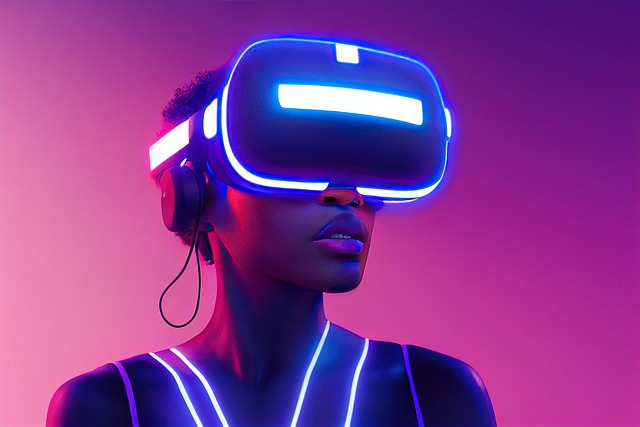Remember that feeling? The one where you’re so absorbed in something – a book, a movie, a game, a conversation – that the rest of the world just fades away? That deep sense of being *there*, fully present? That’s the essence of immersion, and it’s precisely what the virtual reality metaverse is starting to unlock for us, creating a new kind of participant: the immersive visitor.
For years, our interaction with digital worlds was limited to screens. We were observers, peering through a window. But with the advent of Virtual Reality (VR), that window has shattered, and we’re stepping through. VR doesn’t just show you a 3D environment; it puts you *inside* it. Your perspective shifts with your head movements, your hands can interact with virtual objects (with the right controllers), and spatial audio makes sounds seem to come from specific directions.
This transition from observer to inhabitant is what defines the immersive visitor within the metaverse. The metaverse isn’t just a single game or app; it’s envisioned as a persistent, interconnected network of virtual worlds, social spaces, and digital economies. And when you enter it via VR, you don’t just navigate menus or click buttons; you walk, you gesture, you speak, and you feel a sense of physical presence, both of yourself and of others around you.
Being an immersive visitor means experiencing this digital realm with a heightened sense of reality. You might feel a slight pang of vertigo looking down from a virtual skyscraper, the closeness of another avatar in a social hub, or the satisfaction of physically manipulating a tool in a collaborative virtual workspace. It’s about engaging multiple senses and spatial awareness to create a convincing illusion of ‘being there’.
While VR offers the deepest dive into full immersion, Augmented Reality (AR) also plays a role in shaping our future as immersive visitors. AR overlays digital information or objects onto the real world, blurring the lines between physical and digital. Imagine interacting with virtual elements that feel like they occupy your physical space – a virtual pet sitting on your real-world sofa, or instructions floating above a machine you’re trying to fix. AR brings the digital *to* your world, adding another layer of potential immersion in our daily lives, potentially connecting with metaverse experiences that spill out of the purely virtual.
As the metaverse evolves and VR/AR technology becomes more sophisticated and accessible, the number of immersive visitors will grow. They will explore virtual concert halls, attend classes in digital classrooms, collaborate in 3D design spaces, and simply hang out with friends across the globe in virtual cafes. This shift promises experiences that are far richer, more intuitive, and emotionally engaging than anything we’ve seen before, truly allowing us to lose ourselves – in the best possible way – in digital frontiers.



